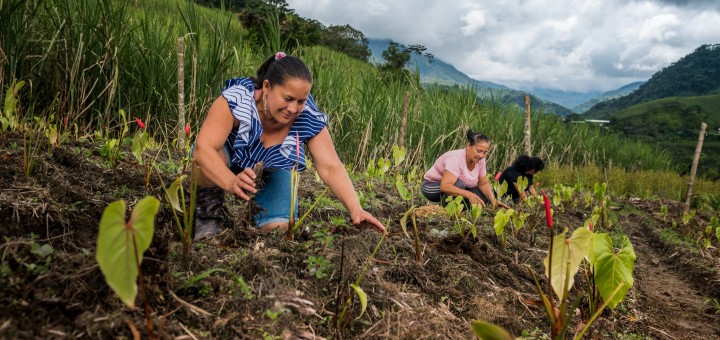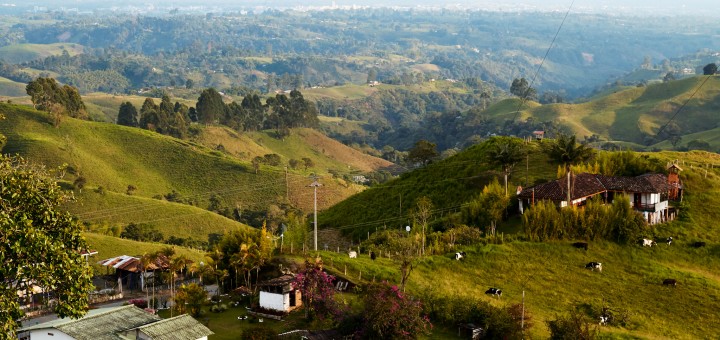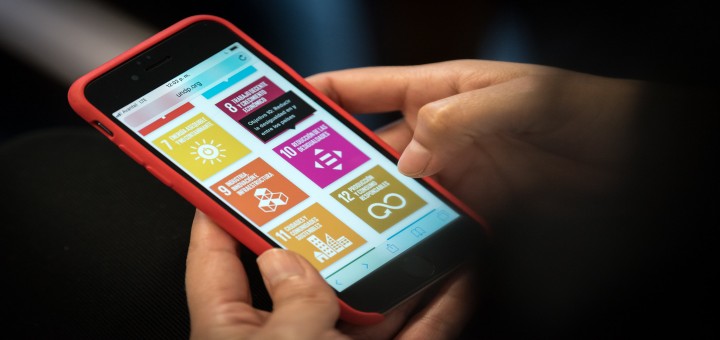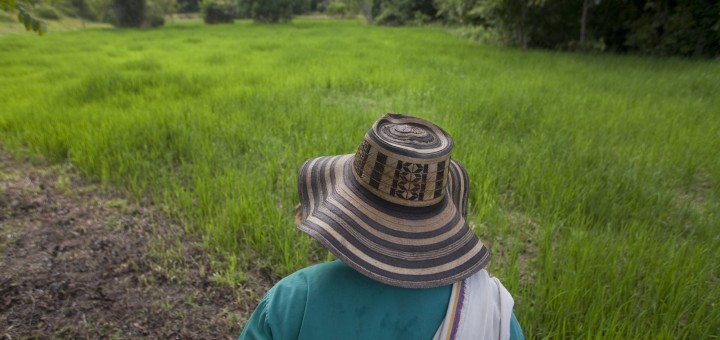Colombia stands out for its consistent regulatory system and willingness to pursue necessary, sometimes painful, regulatory reforms. Colombian law provides numerous freedoms for CSOs, including the ability to form unregistered groups, pursue a wide range of objectives, and operate relatively unhindered. While registration and reporting requirements have grown in recent years, Colombian organizations can usually register in two to five days with little difficulty.The National Constitution confers the right to free association (Article 38), for participation and citizen oversight (Articles 270 and 369) as well as access to information from the government (Article 74). Non-profit organizations (NPOs) have the right to participate in the National Planning Council (Law 152 of 1994), which is convened for each new presidential term to discuss, analyze, and promote consultations around the priorities for the new National Development Plan that constitutionally must be presented to Congress. NPOs also have the right to participate in the Social Policy Councils at the subnational level.The legal registration of NPOs goes through local Chambers of Commerce. The main planning instrument in Colombia is the National Development Plan, which must also be aligned to long-term development strategies, such as Vision Colombia 2019.
Photo credit: Diego Robayo






